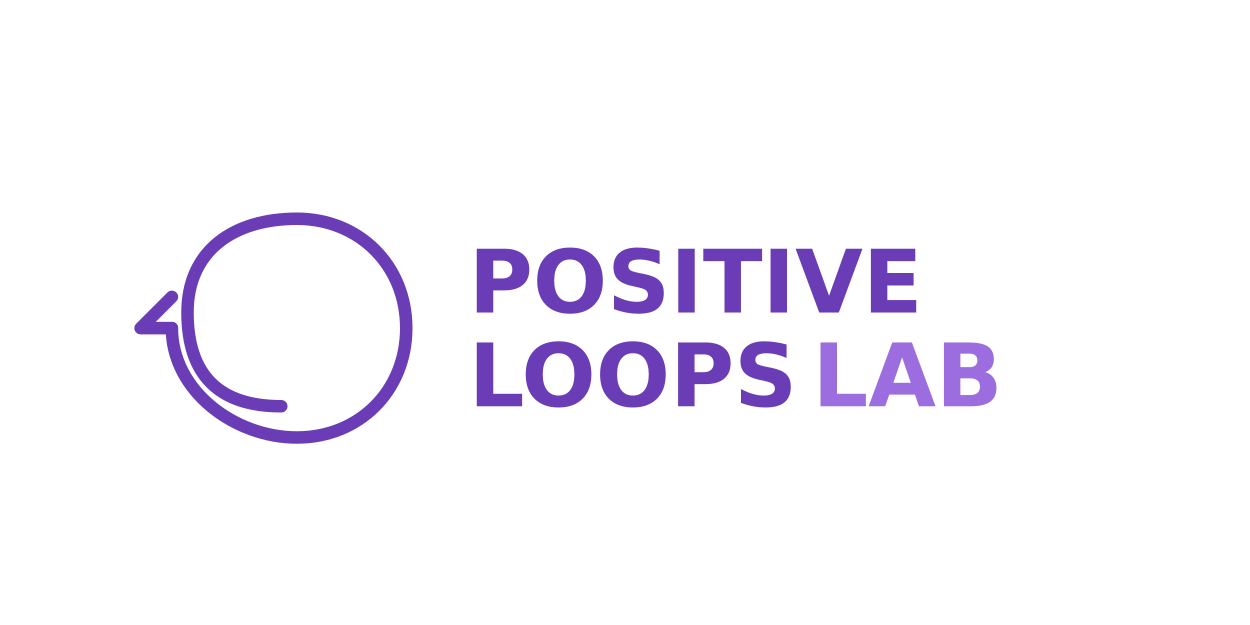Most financial inclusion organisations are producing ineffective social outcomes reporting.
Many invest in expensive consulting engagements, complex survey methodologies, and glossy annual reports that claim impressive impact. They collect sample data from a subset of clients, often those most likely to report positive outcomes. They rely on easily-manipulated subjective measures like satisfaction scores and self-reported improvements without verification systems in place.
Yet despite these investments, they rarely generate actionable insights that drive meaningful operational improvements, for clients.
There are a number of ways to spot this easily from 'impact reporting':
- Accepting Outreach or Output Metrics as Impact ("we served 50,000 clients")
- Sample based data ("we surveyed 300 of our 100,000 clients")
- Weak and unverifiable data ("X% of clients report managing their finances better because of [Insert financial institution]")
- Outdated data that is not real-time (impact reports published months, or even years after data is collected)
The Problem With Traditional Social Outcomes Measurement
Financial inclusion has a measurement problem.
The industry has long claimed a double bottom line (financial sustainability and social impact) but has struggled to effectively measure the latter. Institutions continue to rely on legacy approaches to social performance management that reflect outdated technological constraints rather than current possibilities. The resulting reports highlight vanity metrics rather than providing a genuine assessment of whether clients' lives are improving as a result of financial services.
This needs to change.
Four Weaknesses In Current Reporting Methods
Traditional social outcomes reporting suffers from four critical weaknesses that undermine its value.
First, the data isn't real-time or actionable.
Most institutions collect social data through periodic surveys conducted by external consultants or dedicated teams separate from day-to-day operations. By the time results are analysed and reports compiled, the information is already months old. Too late to inform timely decisions about product adjustments, service delivery, or client engagement strategies. Financial data may be updated daily, but social data lags quarters behind, making integration impossible.
Second, methodologies produce weak and biased information.
Customer satisfaction scores, Net Promoter Scores (NPS), and vague indicators like "improved ability to manage finances" dominate many reports. These self-reported measures are subject to significant response bias, particularly when clients are interviewed by the same organisation providing them services. The pressure to report positive experiences is real, and the results reflect this reality.
Third, sampling approaches create incentives for cherry-picking.
When only a subset of clients is selected for impact measurement, there's an inherent risk of bias in who gets included. Field staff may consciously or unconsciously select their most successful clients for interviews. Even with random sampling protocols, the separation of data collection from regular operations means the resulting picture is incomplete at best, misleading at worst.
Fourth, these reports rarely drive actual improvements in efficiency or operations.
Because social outcomes reporting exists in a separate silo from core business functions, it tends to become a compliance exercise rather than a driver of organisational learning. Reports are produced to satisfy investor requirements or industry standards, not to identify specific ways to better serve clients.
The end result? Expensive reporting exercises that fail to move the needle on actual client outcomes.
Four Foundational Requirements For Effective Social Outcomes Reporting
Creating truly effective social outcomes reporting systems requires four technological foundations.
First, a cloud-based core banking system provides the essential infrastructure. Without this foundation, data remains fragmented across branches, systems, and paper records.
No exceptions.
Cloud technology enables centralised data storage, real-time access, and the integration capabilities necessary for connecting financial and social data. It eliminates the time consuming process of manual data consolidation and creates a single source of truth.
Second, digital data collection tools that capture social data at the point of service. Mobile applications, biometric systems, and digital forms allow organisations to gather social data during regular client interactions. This integration means data is collected for all clients, not just a select few, eliminating sampling bias and dramatically increasing the volume and variety of data available for analysis.
Third, APIs (Application Programming Interfaces) connect different systems to create a unified data ecosystem. These technical bridges allow information to flow seamlessly between core banking platforms, mobile collection tools, accounting systems, and external datasets. They enable automation of data transfer that would otherwise require manual processing, reducing errors and freeing staff time for higher value activities.
Fourth, data visualisation tools transform raw data into actionable insights. Dashboards and reporting interfaces designed for different stakeholders. From field officers to executives and board members. Complex information is made accessible and useful, when it is needed.
With these elements in place, social outcomes reporting becomes truly valuable.
The Path Forward: Embedded Digital Data Collection
Real social outcomes measurement requires embedding data collection into day-to-day operations.
This represents a fundamental shift in how organisations think about social outcomes reporting. Rather than treating it as a separate function or periodic exercise, outcomes data collection becomes an integral part of regular client interactions. Every touchpoint becomes an opportunity to collect meaningful data that builds toward a comprehensive understanding of how services are affecting clients' lives.
Technology makes this possible in ways that weren't available even five years ago.
Benefits of Embedded Social Data Collection
Integrating social data collection into operations is transformative.
For clients, it means more responsive services. When institutions can quickly detect patterns in client needs or challenges, they can adjust products, policies, and delivery approaches to better serve their target market. The feedback loop between client experiences and institutional actions tightens, leading to more relevant offerings and improved outcomes over time.
For staff, it brings greater purpose. When field officers can see how their daily work contributes to improving clients' lives through concrete metrics rather than abstract claims, their motivation and engagement increase. The link between operational activities and social mission becomes tangible rather than theoretical.
For leaders, it enables evidence-based decision making. Rather than relying on anecdotes or selective examples, executives gain access to comprehensive data that reveals both strengths and weaknesses in their approach. This visibility allows for targeted investments in areas most likely to drive meaningful impact, optimising both financial and social returns.
For investors, it provides credible impact assessment. When social data is collected systematically as part of normal operations, verified through the same auditing processes used for financial information, and available in real time, impact claims gain substantial credibility. Investors can make allocation decisions based on reliable evidence rather than aspirational reports.
The result is a virtuous cycle of continuous improvement.
Getting Started: Three Practical Steps
Transforming your approach to social outcomes reporting doesn't happen overnight, but you can begin.
Start by mapping your current data flows. Identify where and how client information is currently being collected, stored, and analysed across your organisation. Document the gaps, redundancies, and manual processes that could be streamlined through technological solutions. This assessment provides the foundation for planning your digital transformation journey.
Next, evaluate your technology stack. Do you have a true cloud-based core banking system? Are you using digital tools for data collection? Have you established APIs between your key systems? Do you have effective data visualisation capabilities? Identifying your current capabilities highlights the areas requiring investment to enable effective social outcomes reporting.
Finally, you can pilot embedded data collection in one area of operations. Rather than attempting organisation wide transformation immediately, select a specific product, branch, or client segment to test your new approach. Use this controlled environment to refine your methods, demonstrate value, and build internal support for broader adoption.
With each step, you move closer to meaningful measurement.
The Future of Impact in Financial Inclusion
The financial inclusion industry stands at a critical juncture.
After decades of growth and evolution, we face increasing questions about actual impact on clients' lives. Funders, regulators, and other stakeholders are demanding greater transparency and evidence of positive outcomes. Traditional approaches to social performance management are proving inadequate to meet these demands.
Technology now offers us the opportunity to fundamentally reimagine how we measure and manage social impact - not as a separate function but as an integral part of how financial services are delivered to those that need them most. By embedding digital data collection into operations, we can finally bridge the gap between financial and social performance, delivering on the promise of the double bottom line.

